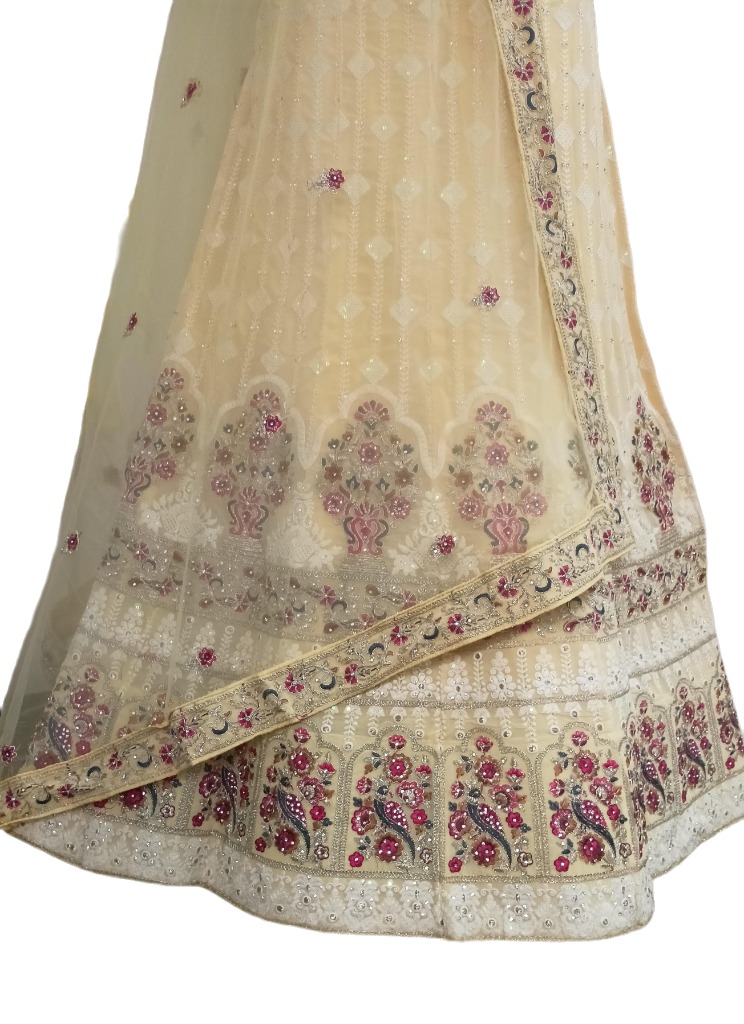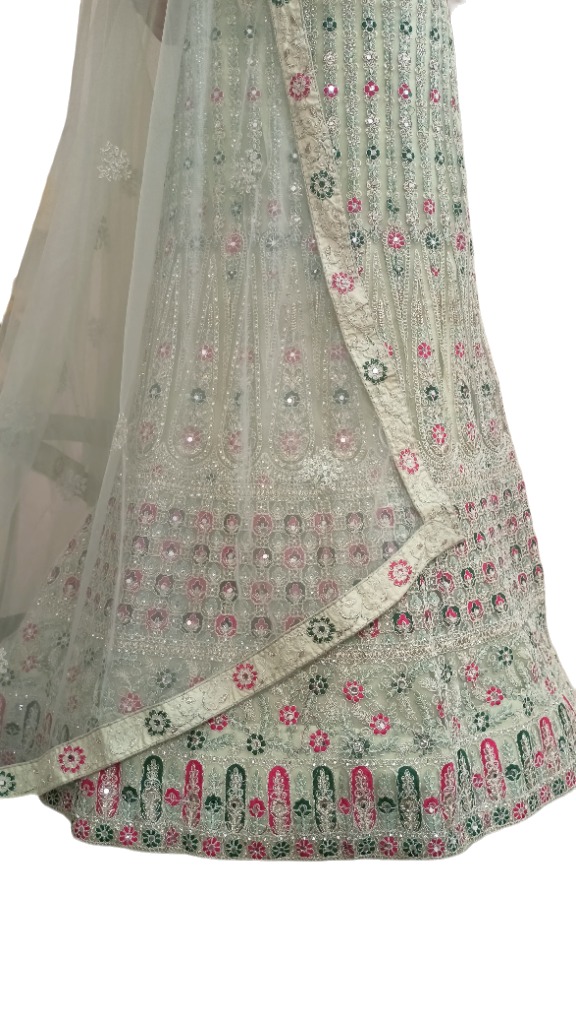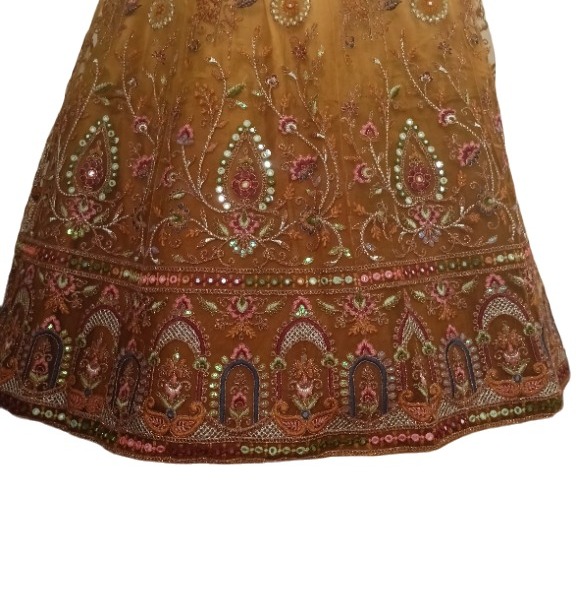FREE IGNOU MHI-10 Solved QUESTION Paper DECEMBER 2022
As part of the examination process, IGNOU conducts yearly exams, and students often seek solved question papers to aid their preparation. In this article, we present a comprehensive guide to the IGNOU MHI-10 Solved Question Paper December 2022, highlighting its significance and how it can contribute to effective exam preparation.
The Role of IGNOU MHI-10 Solved Question Paper December 2022: Solved question papers from previous years play a crucial role in the preparation strategy of IGNOU MHI students. These papers provide a valuable insight into the exam pattern, question types, and the depth of knowledge expected from the students. They serve as a practice tool, allowing students to gauge their level of preparedness and identify areas that require more attention. By attempting solved question papers, students can become familiar with the time management required during the actual exam and can fine-tune their answering techniques accordingly.
Benefits of Using IGNOU MHI-10 Solved Question Paper December 2022:
- Exam Pattern Familiarity: Solved question papers give students a clear understanding of the types of questions that have been previously asked. This familiarity helps them prepare in a more targeted manner, focusing on the key areas that have a higher likelihood of appearing in the current year’s exam.
- Content Prioritization: Analyzing solved question papers enables students to identify the topics and chapters that are frequently covered in the exams. This helps them allocate their time and effort wisely, concentrating on areas that carry more weightage.
- Answering Techniques: Solved question papers showcase model answers to previous questions. By studying these answers, students can learn how to structure their responses effectively, present their arguments coherently, and incorporate relevant historical facts and analysis.
- Self-Assessment: Attempting solved question papers allows students to assess their own progress. They can identify their strengths and weaknesses, enabling them to focus on improving areas where they may be struggling.
Effective Usage of IGNOU MHI-10 Solved Question Paper December 2022:
- Regular Practice: Consistent practice with solved question papers should be an integral part of a student’s study routine. Regular practice enhances confidence and reduces exam-related anxiety.
- Time Management: Set a time limit similar to the actual exam duration while attempting the papers. This practice helps in refining time management skills, ensuring that all questions are attempted within the allotted time.
- Critical Analysis: After attempting a paper, review your answers critically. Compare them with the model answers provided in the solved paper. Identify any gaps in your understanding or areas where you could have provided more comprehensive answers.
- Revision: Solved question papers are valuable tools during revision. Reattempting previously solved papers closer to the exam date helps reinforce your memory of important concepts and facts.
Conclusion: The IGNOU MHI-10 Solved Question Paper December 2022 serves as an indispensable resource for students aiming to excel in their exams. By utilizing these papers effectively, students can gain a comprehensive understanding of the exam pattern, hone their answering techniques, and enhance their overall preparation strategy.
FREE IGNOU MHI-10 Solved Question Paper December 2022
Section A
1. Approaches to the Study of Medieval Towns: The study of medieval towns encompasses a multidisciplinary approach that draws upon various methods to understand the dynamics of urban life, architecture, economy, and society during the medieval period. Archaeological investigations play a crucial role in unraveling the physical remains of these towns. Excavations help uncover the layout, structures, and artifacts that provide insights into urban planning, infrastructure, and daily life. This method allows researchers to reconstruct the spatial organization of streets, markets, residential areas, and public buildings.
Historical documents, including chronicles, legal records, and inscriptions, serve as valuable sources for understanding the social, economic, and political dimensions of medieval towns. These documents shed light on governance structures, trade networks, economic activities, religious practices, and social hierarchies. By analyzing these texts, historians can paint a comprehensive picture of the urban landscape.
Architectural analysis is another approach that examines the design, construction techniques, and functionality of buildings within medieval towns. This method helps discern the architectural evolution, styles, and influences over time. It aids in understanding the purpose of structures, such as religious temples, administrative centers, and residential complexes.
Comparative studies play a pivotal role in understanding the variations and commonalities among medieval towns across regions and cultures. By comparing different urban centers, researchers can identify patterns of urbanization, trade networks, and cultural interactions. This approach facilitates the identification of regional characteristics and broader trends in urban development.
Sociological approaches involve studying the social fabric of medieval towns. This includes investigating social stratification, occupational divisions, community organization, and gender roles within urban societies. By examining burial practices, art, and religious rituals, researchers can decipher social norms, beliefs, and values of the time.
In conclusion, the study of medieval towns involves a holistic approach that combines archaeological, historical, architectural, comparative, and sociological methods. These approaches collectively provide a nuanced understanding of urban life, structures, and societies during the medieval period.






